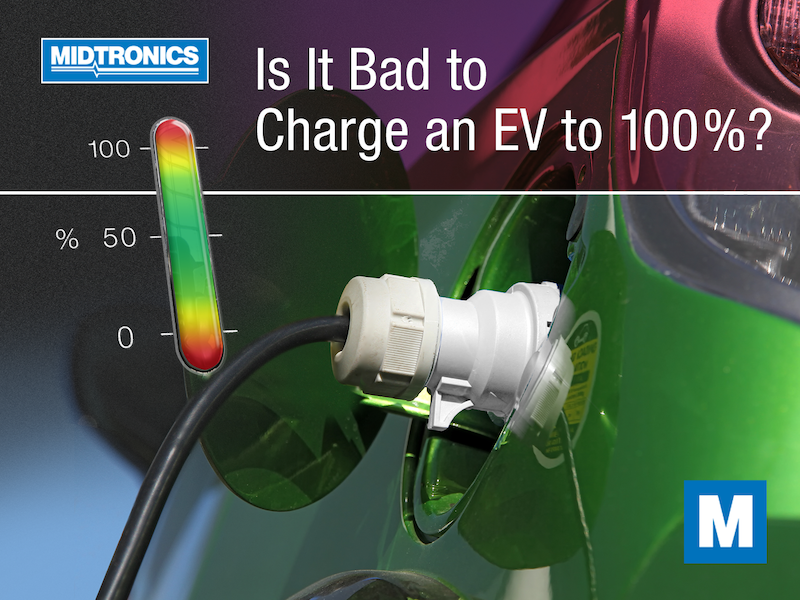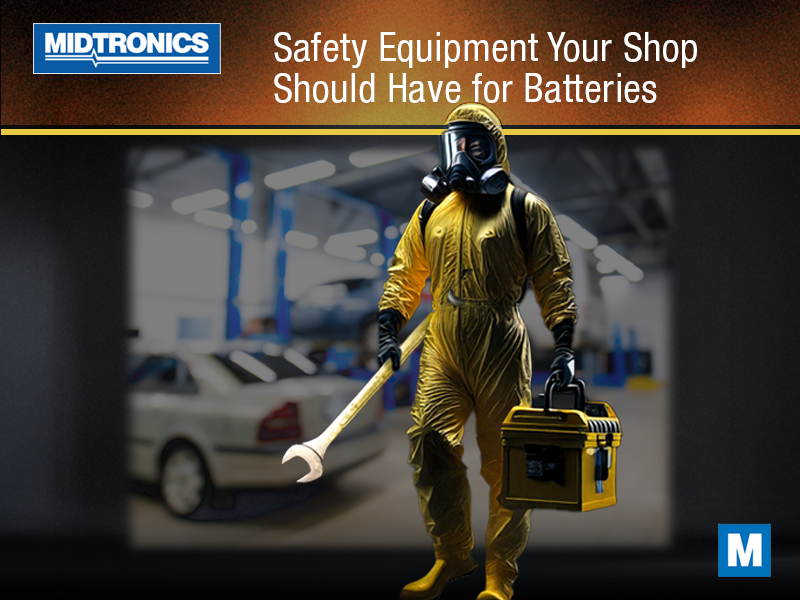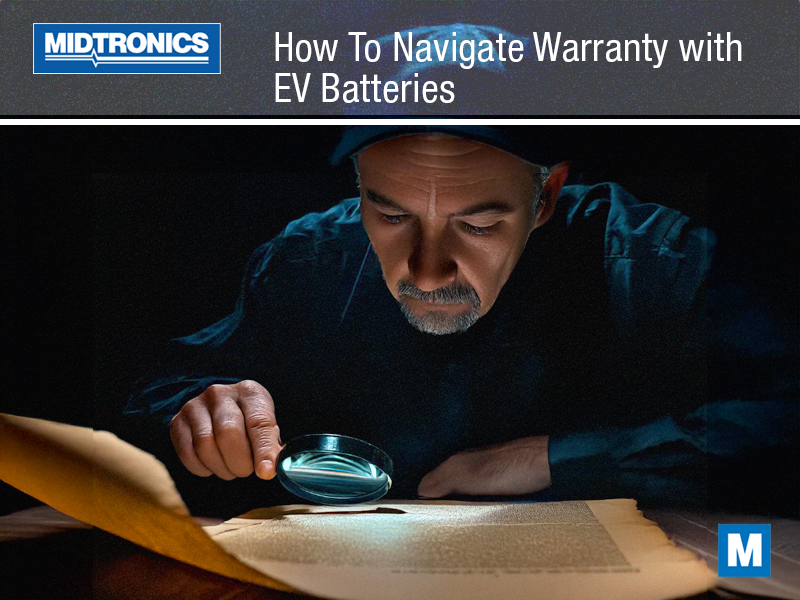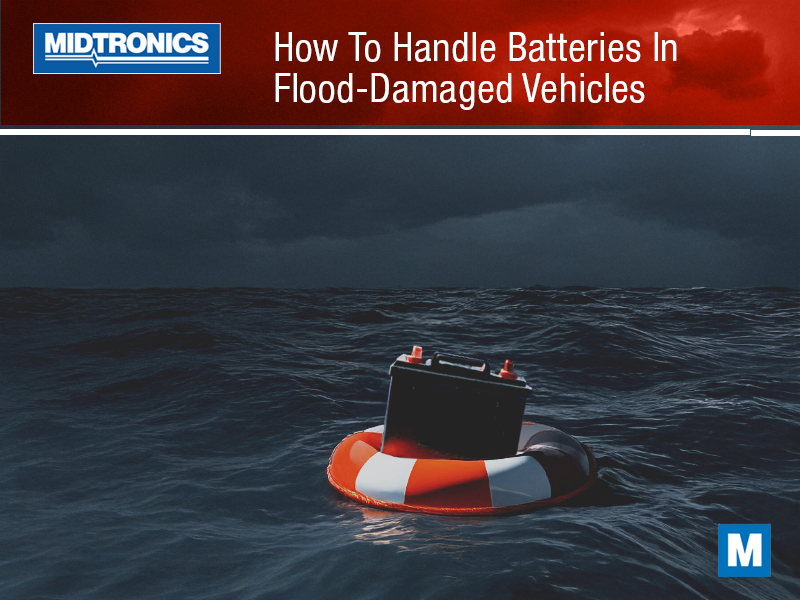Battery electric vehicles have made dramatic improvements in range over the years. From 2017 to 2021, the average range on a single charge increased from 151 miles to 217 miles, and that limit keeps getting stretched further. One model in the US is even capable of driving 520 miles. The range on a full charge accounts for taking the battery from 100% down to 0%, but a commonly held perception is that it’s not good to use an EV battery at its extreme limits.
Is it a bad idea to charge an EV battery pack to its full capacity, and what could result? And on the other side of the coin, is it harmful to drain the battery completely? If so, what’s the best plan for charging your EV’s battery? Here’s what you should know.
Charging fully can be bad
The battery packs in an electric car typically employ lithium-ion chemistry. And just like in other devices that use Li-Ion batteries, like cell phones and laptops, charging to 100% capacity can put the battery in a state of volatility that results in either a negative impact on the state of charge (SoC), or it sets off a catastrophic failure.
Fortunately, catastrophic failures are extremely uncommon, but battery pack degradation is much more likely. Consistently charging to 100% capacity promotes the growth of lithium metal tendrils known as dendrites that can cause a short circuit. But more commonly, the lithium ions fall out of circulation when they get caught in side reactions within the electrolyte. It’s often due to the higher temperature generated from the energy stored when a battery is charged to its extreme capacity.
But charging an EV to 100% isn’t discouraged all the time. If you need to make an extended trip with your EV or you don’t have access to a charging station for some time, occasionally charging your EV to 100% isn’t likely to cause any notable issues. The problems appear when you’re consistently recharging to 100%.
A full charge might not be what it seems
Did you know that some carmakers are building a buffer into their EV vehicles to help sustain a healthy SoC for as long as possible? What that means is that, when the battery pack is reflecting a 100% charge on the battery monitor, it’s not actually reaching the limits that could affect the battery’s health. This reserve or buffer mitigates the degradation that can be experienced, and most carmakers will likely turn to this type of design to keep their vehicles in the best shape possible.
Fully discharging a battery could be bad too
On the other end of the spectrum, it’s just as unhealthy – perhaps even more so – for an EV battery to be fully discharged down to 0%. If it were to reach 0%, the battery needs to be recovered with care. Fortunately, an EV’s battery management system, or BMS, is designed to keep a 5 to 10% buffer so that it never completely discharges from use. The one caveat is if the car continues to sit and the battery pack self-discharges, but that would hypothetically take weeks or months.
Minimizing discharge is best
While charging to the extremes – either all the way to 100% or down to 0% – on a regular basis is ill advised, the real-world longevity depends on much less strenuous use. Studies are being done to determine how much the depth of discharge affects battery health, and the results are compelling.
Generally speaking, consistently discharging a battery more than 50% of its capacity reduces its expected number of cycles that it will last. For example, charging the battery to 100% and discharging to less than 50% will reduce its lifespan, as will charging the battery to 80% and discharging to less than 30%.
How much does depth of discharge (DoD) affect battery life? A battery that’s cycled to 50% DoD will hold its capacity four times longer than one that’s cycled 100%. Since EV batteries virtually never cycle a true 100% – recall the buffers on the extremes – the real-world impact is likely less, but it’s still significant.
How you should charge your EV battery to extend its life
If charging to 100%, discharging to 0%, and more than 50% DoD are all discouraged on a consistent basis, what’s the best way to charge an EV battery and use it? First, it’s recommended to keep an EV’s charge above 20% when you can, both to maintain its battery health and to prevent range anxiety. Just like driving a gas-powered car with less than 1/4 tank, you want the assurance you’ll get to refuel before you run out.
It’s often recommended that the EV’s battery pack is kept between 30% and 80% of its full charge to maintain its State of Health, or SoH. The CEO of one major EV carmaker has suggested that it’s no problem to recharge to 90 or 95% of capacity to maintain the battery’s SoH. So long as SoC is not kept at either extreme for any length of time, it should prevent degradation at any accelerated level.
The more pressing issue tends to be depth of discharge. Whether you’re charging to 60%, 80%, or even 95%, it’s best to keep the DoD as low as possible, and it’s certainly preferred to be less than 50% DoD.
By avoiding charges to 100% regularly and always avoiding completely discharging to 0%, as well as maintaining less than 50% DoD, you’ll keep your EV’s battery working its best for years to come with minimal effect on SoH.




